Apple has been planning on making an Apple Ring for two decades — and it's taking its time to ensure this isn't just clever technology, but instead is a ring so useful that it will be a smash hit.
When Steve Jobs launched the iPad, he did it with an extended spiel about how it fit in between smartphones and laptops. He talked about it being a new class of device, a third category, and of how such a thing has to justify its place.
"If there's going to be a third category of device, it's going to have to be better... than a laptop or a smartphone," he said. "Otherwise it has no reason for being."
Flash forward to today and it's the same thing for an Apple Ring. Some people will buy one just because it's from Apple, but the reason for that happening is how Apple has so very often got a wearable device absolutely right.
In other words, any new Apple device has the momentum of all the excellent ones that came before it. But, momentum isn't enough.
Fitting in with the ecosystem
So Apple has to find some reasons, some features worth buying a smart ring for. And more than that, there's the element about a new device that Jobs avoided saying.
The iPad had to be better at certain tasks than a laptop or a smartphone, but it shouldn't be so much better that it replaces a MacBook or an iPhone. Back in 2010, the iPad entered a balancing act between Apple's devices.
Today, a new device like a smart ring has to find a place between the Mac, the iPhone, the iPad, and the Apple Vision Pro. It has to strengthen Apple's ecosystem, not dent any part of it.
So Apple's smart ring will fit in with its brethren. It will have Find My, it will talk with at least the iPhone and the MacBook Pro.
It will do so in what will probably be an extremely well worked out plan that Apple won't ever reveal. There's a reason you still can't pair an Apple Watch with an iPad, for instance, and it isn't technical.
Apple typically finds the right features
We won't know what an Apple Ring could do until Apple announces it, but we can see what it must achieve. And to an extent, we can see what it has to achieve as soon as possible.
Apple does have the benefit that it can keep a product going until it gets it right — see the Apple Watch for one example of that, and the Humane AI Pin for the opposite. And there's a very easy argument that Apple is now going through exactly that same search for a use case with the Apple Vision Pro.
But with both Apple Vision Pro and Apple Watch, it wasn't enough that they bring something new, anything new. For it to be Apple, a new idea has to also seem obvious in retrospect — obvious and needed.
Apple comes late to everything, but when it gets something right, it tends to do it by introducing a new aspect that makes every rival immediately copy it. Apple is startlingly good at finding what later seems to be the right and only way to do something.
This is less clear with the Apple Watch, which took a time become the health device it is. But with Apple Vision Pro, for instance, the company saw how wearers needed to be able to see the outside world.
Before Apple Vision Pro, it was common for headsets to mostly be all-encompassing virtual reality ones. You can bet that from now on, all higher-end headsets will have pass-through video of the outside world.
The difference that makes is quite hard to convey until someone has worn an Apple Vision Pro, and preferably after having worn a regular VR headset. But it's a difference that is as specific and marked and just plain right as when Apple pushed the keyboard to the back on laptops.
Apple's got to find that difference, that unique selling point of the Apple Ring — and it also has to convey it effectively.
Conveying new features
One way in which it is practically beholden to convey a new feature, is to show it to us in connection with something we know. So before anything else, it's extremely likely that one such thing will be health-related — and that it will build on what we know from the Apple Watch.
So for instance, sleep tracking that currently requires you to wear an Apple Watch, and to remember to charge it in the morning, could be done by an Apple Ring. Then biological measurements like heart rate could be better measured by having two points of contact, the ring and the Apple Watch.
Neither is entirely new, but both are improved by the ring, both are things that are recognizable benefits to the new device.
Wherever you go, there you are
If there's a trick to Apple's finding a way to use technology that everyone else then copies, though, it's perhaps that it thinks about more than the technology itself. It's never that there is a new thing technology can do, it's always what will it do for users, what will users do with it.
For that, the most recent striking example is Apple Intelligence. Every firm that could make a ChatGPT-style app, has made exactly that — except Apple.
Apple is instead only weaving AI into specific use cases where it believes the technology will be a boon rather than a toy.
And there is a little clue about how it might do the same thing with an Apple Ring. For amidst years of patents, there was one that was granted in late 2023 that may lay out Apple's approach.
"Because a ring device may be worn throughout the day, a ring device will generally be immediately available to the user," said the patent. "This facilitates interactions between the ring device and objects in the user's environment."
The Apple Ring will be a conduit for connecting the wearer to what's around them, and for making those connections both fast and unobtrusive.
Just for you
A big lie about the Apple Watch regards how you can read text messages on it. While it's true that this is quicker than getting out your iPhone, don't ever try it on a date.
But an Apple Ring must have some way of attracting your attention, and if it's by a haptic method, it could tap you. The Ring could tap when you have an important message, and you can know it's important without looking, and without your date asking "Am I boring you at all?"
Messages, calls, reminders, they could all be presented to you — and only to you — through a tap on the Apple Ring. The entire use of it could be erased if you have ever notification turned on, but that's down to you.
In terms of how quickly you can read such a message, an Apple Ring lags far behind the Apple Watch or the iPhone. But for being unobtrusive about receiving something you should read, a haptic Apple Ring beats all other devices by a country mile.
Even you don't notice it
Then there's being unobtrusive for you, too. Apple's right that a ring will be with you all the time, potentially more so than an Apple Watch, and certainly more so than an iPhone.
So an Apple Ring will be about leveraging that constant presence. A Mac will unlock because you've sat down in front of it, and your Apple Ring has biometrically authenticated you.
Your front door could unlock too. Or your car could adjust the seat and steering wheel position to your preferred settings just because it recognizes that it's you who has opened the door.
Or if the phone rings while you're listening to music, a particular gesture with of your ring-wearing hand could mute the audio.
Right now you can get a Wave for Work ring that, for instance, lets you change Keynote slides by pressing a button. An Apple Ring could let you vaguely gesture toward your screen to move your presentation along.
And yet, while all of this could be done and even will be done by an Apple Ring, there is also this. After twenty years of working the problem, Apple is going to find a use case no one has imagined — but everyone will immediately grasp.
A lot of technology in a small space
Whatever that obvious-in-retrospect feature will be, if an Apple Ring is to do all it conceivably could, it's going to require such a lot of technology in a very small space:
- Haptic engine
- Accelerometer for gesture and movement detection
- UWB chip for location and Find Me
- Biometric sensor
- Modem or at least connector to iPhone or Apple Watch
And of course, there's got to be room in there for a battery. By definition, it's going to have to be tiny, so Apple will need to keep the power draw low.
Then there's the issue of size. The Apple Watch was a huge departure for Apple in how it had to figure out myriad combinations of device and band sizes, but a ring will be worse.
Normally, for instance, if your ring is too tight, a good jeweler can subtly widen it. They do it by ring shanking, by cutting into the ring and working in a wider piece of new metal, which they then work to look seamlessly the same.
Try doing that with a smart ring and it'll never work again. This is why Wave for Work isn't really a ring, it's a tiny device with fabric straps to go around your finger.
Apple could do the same, but it would look like a miniaturized Apple Watch on your finger instead of your wrist. That doesn't feel very Apple-like, and it doesn't seem as conducive to wearing it all the time.
Whatever the Apple Ring brings us, it will be intended to be worn all the time. It will expand on health features that are a proven success for the Apple Watch, and it will exploit how unobtrusively it can detect your location and provide you with at least relevant alerts.
There is still the question of what specifically it will do, and there is still the question of when Apple will launch it. It doesn't look like it's coming in 2024, and 2025 looks sketchy too.
Unfortunately, there is also the question of whether Apple is willing to put out something and just call it the Apple Ring like everyone else. Given how it's named its styluses as Apple Pencils, don't be surprised to see Tim Cook wearing an Apple Band of Gold.
 William Gallagher
William Gallagher
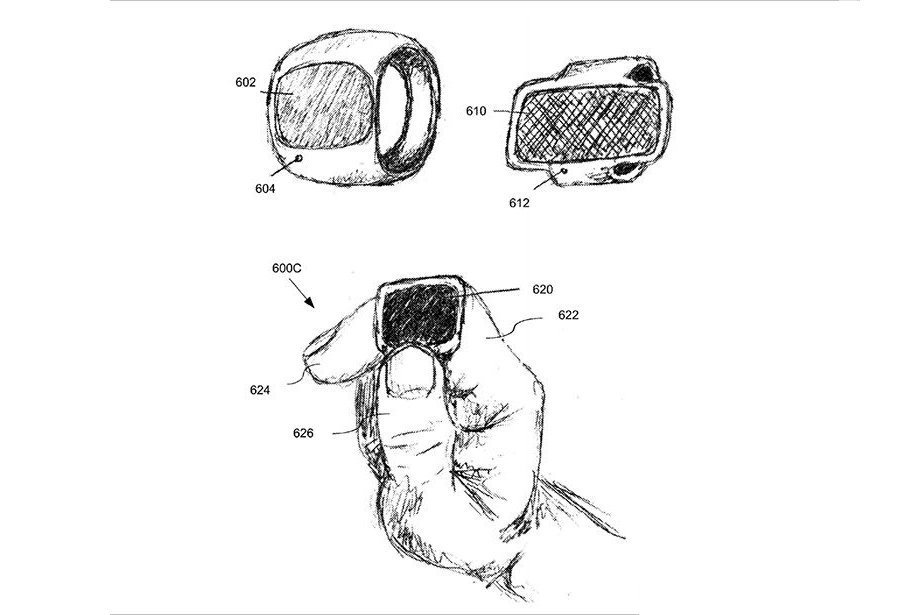


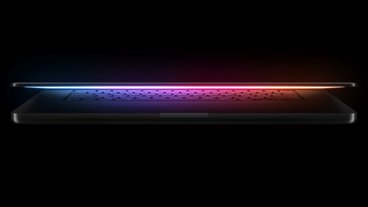

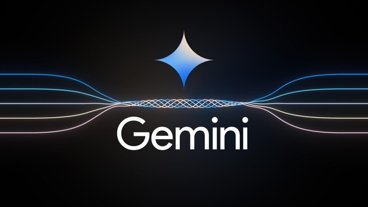
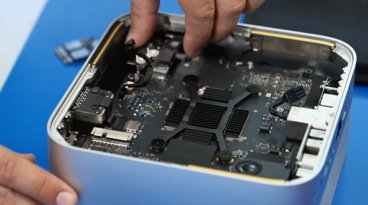









 Oliver Haslam
Oliver Haslam
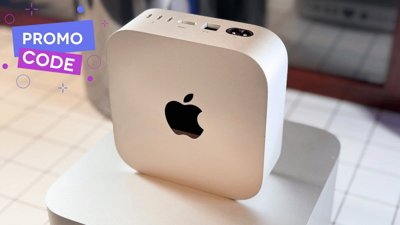
 Christine McKee
Christine McKee
 Sponsored Content
Sponsored Content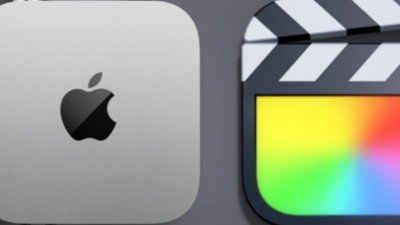
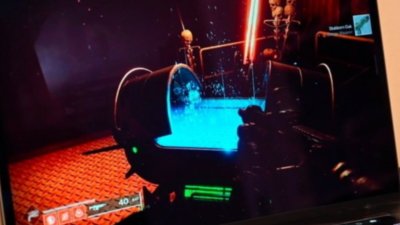
 Malcolm Owen
Malcolm Owen
 Andrew Orr
Andrew Orr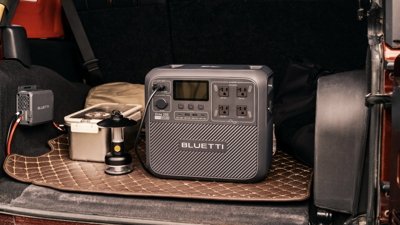
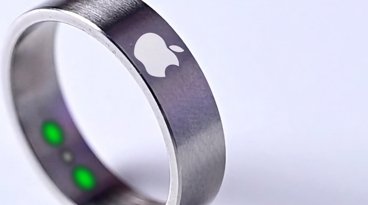
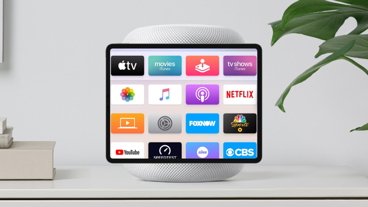
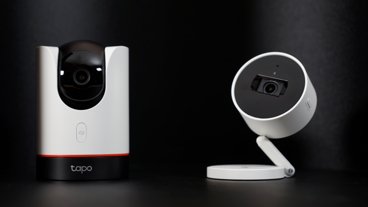






57 Comments
If there is no invisibility I don’t want it
"This is less clear with the Apple Watch, which took a time become the health device it is. But with Apple Vision Pro, for instance, the company saw how wearers needed to be able to see the outside world."
This isn't an Apple thing. It's universal and has been since the advent of VR headsets.
VR headsets didn't need a pass through system so it often got the chop for cost purposes.
The AVP doesn't need it either. It's designed mostly for a seated experience. Pass through exists simply because Apple chose to include it and up the price accordingly, something most competitors have skipped in order to keep costs down.
There is no right or wrong decision here.
AR headsets on the other hand do need to see the outside world.
Owning a Quest, I would like to have pass through even though it isn't necessary. But then I wouldn't have bought it in the first place because the price would have been out of my comfort zone (just as the AVP price is also out of the comfort zone of most users).
It's all about trade offs and what you want to include or not.
Apple won't have any real new ideas to bring to a ring and Apple isn't as well positioned as others to integrate it into the ecosystem. In that sense, all of Apple's current OSes remain siloed by design and were never designed for seamless integration in the way that systems like HarmonyOS have been.
A ring is an IoT device and will only really be able to shine in an environment designed for IoT. No current Apple OS is designed for that.
One of the 6G highpoints is 'network sensing' and almost everyone in the ICT field (including Apple) is working on that. The idea being that some kinds of wearables will become unnecessary for certain tasks and it looks like sleep tracking could be one of those.
Most people have the same ideas on things like a ring. The difference is the technology and cost of bringing them to market.
I've been looking at the Rikki ring solely for tap to pay without a phone and knowing full well it's designed to do basically just one thing.
If only it could change color to indicate my mood…
Not a very convincing article. The author has no evidence that Apple is actually readying a ring. Sure, Apple has been filing patents for ring-like devices for years, but it does that even when it has no current plans for one. It's called research.